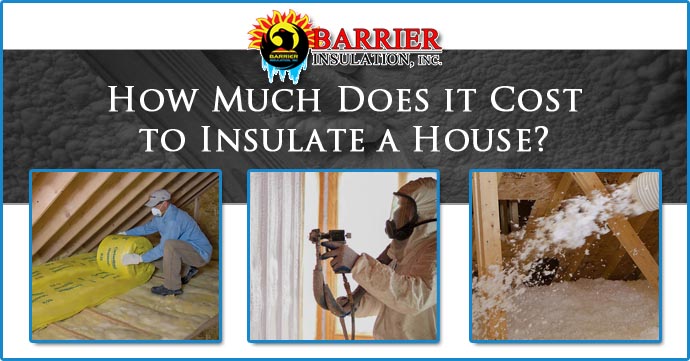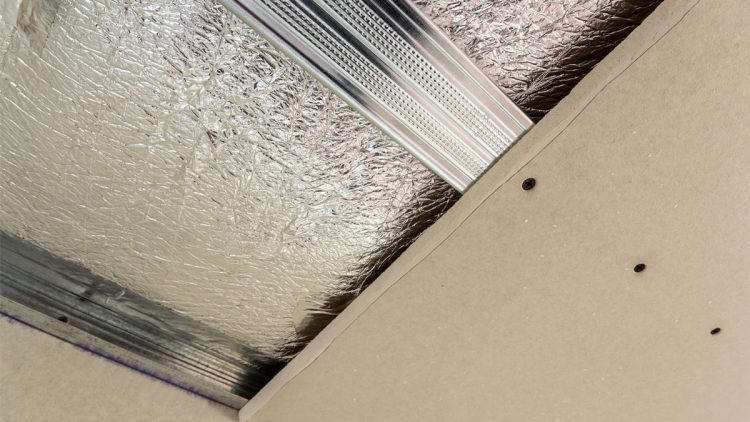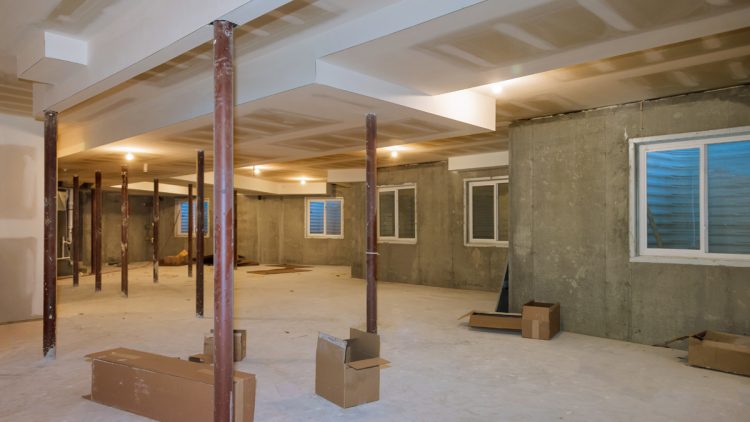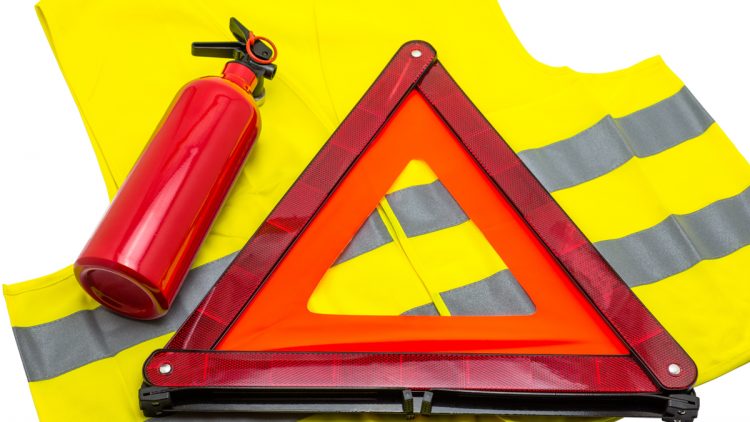The cost to insulate a house depends on how much you plan to insulate. For example the cost to insulate an attic ranges between about $300 and $2,000.
There is no one-size-fits-all answer to this question as each house varies in size, condition, and whether there is already insulation.
The cost will depend on if it’s a new home your building or if an older home will need insulation removal before installation of new insulation.
Read below to get an idea of how much it may cost to insulate your house by insulation type. Prices will vary depending on the brand and type of each insulation along with how much of the home needs to be insulated.
How Much Does It Cost To Insulate A House?
There are four main categories of insulation. Each have their pros and cons and will have a different cost for the insulation materials and labor to install them. The four main categories of insulation are; fiberglass batt insulation, spray foam insulation, blown-in insulation, and radiant barrier insulation.
Fiberglass Batt Insulation Prices
The average insulation project usually involves about 500 square feet of insulation. Cost for 500 feet range between $145 and $200. For installation labor, fasteners, cutters, and tape it can run from about $170 to $420 dollars.
Fiberglass rolled insulation or batt insulation is one of the least expensive ways to insulate homes in the United States. This is especially true if the wall or attic is open in new construction or during a remodel. The cost of this insulation depends on the brand, type, if the insulation is boxed or comes in rolls, and the area that needs to be covered.
Batt insulation can be effective but only if it is installed carefully. Any tears in the backing or gaps will throw away the value of the insulation. Each roll will display an “R-value” which is a measurement of how well the insulation performs. As high as that number is if the insulation isn’t installed correctly it will not be effective.
Spray Foam Insulation Prices
To calculate the cost of spray foam insulation you take the square feet x depth. This gives you the “board feet” needed to complete your insulation project with spray foam. Then you can multiply that number against the cost per board foot for two options for spray foam insulation. There are two options for spray foam, open and closed cell.
- The cost of open cell spray foam is about $0.35 to $0.55 per board foot
- The cost of closed cell spray foam is about $1.00 to $2.00 per board foot.
So if you have a 500 square foot area needing spray foam at 6 inches deep you’d need 3,000 board feet. You can take that 3,000 board feet needed and multiply that against the price per board foot. For 3,000 board feet of spray foam in a 500 square foot area at $0.35 the cost for materials would be about $1,050. Rates for installation vary by company, for specific information about your home please get in touch with your local insulation contractor.
Spray foam insulation is popular for a number of reasons. Firstly it has great thermal performance. Secondly it seals up air gaps and leaks to keep your home more comfortable. This means that it solves two problems when installed and helps reduce energy bills.
Blown-In Insulation Prices
Blown-in insulation is popular due to how inexpensive the material is. For a 1,500 square foot area you might only pay about $500 dollar for materials. This makes it an attractive option for DIY homeowners, however there is a learning curve to installing it correctly. Trained professionals will help ensure your insulation is installed correctly and is the right investment for your home. Rates vary from company to company and for the area you need insulation installed. Contact your local insulation contractor to get specific information about what their labor rates will run for your home.
Radiant Barrier Insulation Prices
The cost to install radiant barrier insulation depends on it is boxed, rolled, brand, and type. With that said costs for radiant barrier range between $0.15 and $0.30 per square foot. That means that for a 550 square foot attic you’d be looking at spending between $83 to $165. Double sided radiant barrier is a bit more costly but more effective. Professional installation of radiant barrier costs between $500 to $750. So plan accordingly when budgeting for your insulation project.
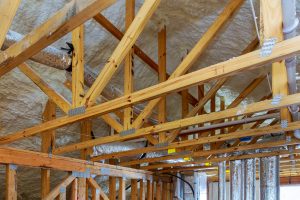
Where To Install Insulation In A House
Where should you install insulation in your home? Below are common areas homeowners wish to add insulation.
Attic Insulation
Because most insulation is covered by a finish layer, the attic, which is usually unfinished, is the best area to start evaluating insulation levels in many homes. There is certainly some insulation in the attic already, but if the tops of the ceiling joists can be seen or there is only an inch or two of insulation covering the joists, you definitely don’t have enough.
Fortunately, attics are a relatively simple place to add insulation, whether it’s fiberglass or cellulose. Perpendicular to the present batts, further batts can be added. Insulation with loose fill can quickly fill in around impediments. When insulating or reinsulating an attic, there are a few factors to keep in mind.
The importance of air sealing is equal to that of insulation. Conducted heat loss, or the passage of energy from one molecule to the next, is slowed by common insulation materials. The term “R-value” refers to the resistance to heat flow. Consider a cast-iron skillet that has been placed over an open flame. The handle of the pan becomes too hot to touch after a while—this is conductive heat flow. However, many insulating solutions are ineffective at preventing heat transfer through moving air. As the temperature rises, heated air searches for ways to escape into the attic or to the outdoors. There are numerous of ways for conditioned air to enter the attic, including electrical and plumbing penetrations, as well as flue and chimney openings. As part of a larger insulation effort, such openings must be sealed.
Recessed lighting necessitates extra care. Some recessed light fixtures have protruding housings that cannot be covered with insulation, necessitating a three-inch gap between the fixture and the insulation—a scenario that wastes a lot of energy. Choose lights rated for insulation contact (designated IC) as an alternative, which implies the fixture can be in touch with, or even covered in, insulation. ICAT-rated fixtures go a step further by incorporating airtight housings.
Pay attention to the ventilation in the attic. So that wet air does not condense on the building components, the space above the attic insulation must be aired to the outside. A mix of ridge vents and soffit vents is an excellent method. The soffit vents pull in outside air while the ridge vents exhaust it. Insulation must be kept out of the soffit openings. The air is channeled by baffles inserted between the roof rafters.
Increasing The Thickness Of The Walls
It’s difficult to determine the quality of wall insulation without drilling a series of holes into your home’s external walls. Working with a contractor or energy auditor who employs a thermal imaging device is one possibility. These are portable instruments that detect radiation in the form of heat loss from solid objects. They can assist in identifying insulation gaps or the absence of insulation.
A contractor can remove portions of outer siding and drill holes between the wall studs to add insulation to a finished wall. He’ll fill the stud bays with a loose-fill substance.
Use insulated sheathing under the siding if you plan to live in the house. Although the sheathing is normally only one inch thick, it helps to insulate the walls. Perhaps more importantly, the sheathing aids in the prevention of thermal bridging, or heat loss through the wall studs. The insulation between the studs conducts heat more faster than the wooden or metal studs, therefore the insulated sheathing helps to prevent heat loss.
Areas That Are Often Overlooked
The heated and cooled living room should be wrapped in insulation in an energy-efficient home. The attic and the outer walls are obvious places to start, but there are others as well:
Walls in the basement. Finished basement walls should be insulated. One method is to apply firm foam insulation to the concrete walls, then drywall over the insulation. Another option is to put the foam first, then construct a 2×4 stud wall with fiberglass or cellulose insulation. Plumbing and electrical lines can be run through the 2×4 wall.
Rim joists are joists that go around the outside of the building. These joists, also known as perimeter joists, form the framework for the flooring joists. They commonly connect the foundation and framing of a house. Install stiff foam board cut to fit between the floor joists to insulate them. Seal the edges with expanding foam from a can, which will insulate and air-seal the space at the same time.
Crawl spaces that aren’t heated. There is some disagreement regarding how to proceed with this project. Crawl areas were once aired to the outdoors and insulated with fiberglass batts on the floor above them. However, many people now believe that subterranean areas should be sealed and outside walls and rim joists should be insulated with rigid foam board. In addition, the crawl area should be integrated into the house’s conditioned space. Consult a skilled contractor about this project. If you have any current problems, he or she will identify them and recommend solutions.
Insulation put correctly and in the right places can aid in the energy efficiency of a home.
Insulation Return On Investment
Whenever we spend money on our lives, homes, and hobbies these days we are concerned with the return on investment. Investing in quality insulation which is installed correctly is a great way to get bang for your buck. Quality insulation makes your home more energy efficient and improves the value of the home.
In addition, insulation just keeps your home more comfortable and reduces strain on your HVAC system. This leads to reduced energy costs which add up to big savings! So it does cost to install insulation, but the savings more than pay for your investment and keep saving you money on utility costs.
Phoenix Valley Insulation Contractors
If you’re searching for insulation contractors in the Phoenix Valley, we can help! As one of the leading insulation installers we offer whichever type of insulation you prefer that fits your home and your budget best. For more information about how much it would cost to get your home insulated please give us a call to discuss the size of your home, which areas you’d like to insulate, and what type of insulation will work best.
Call Today for more information at 602-499-2922
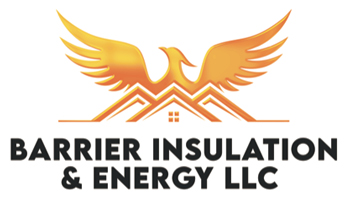
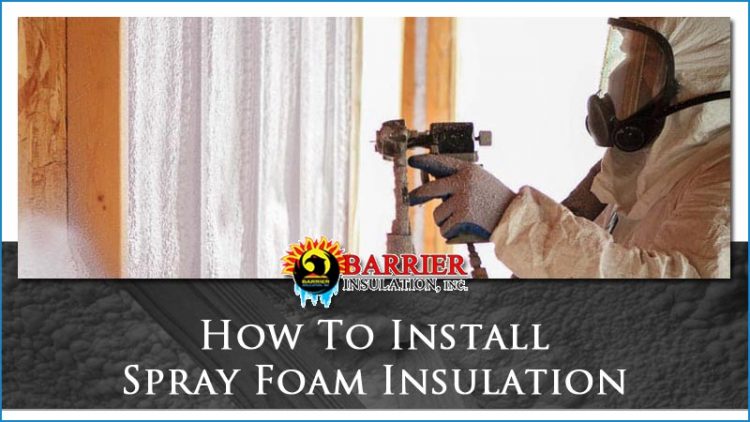
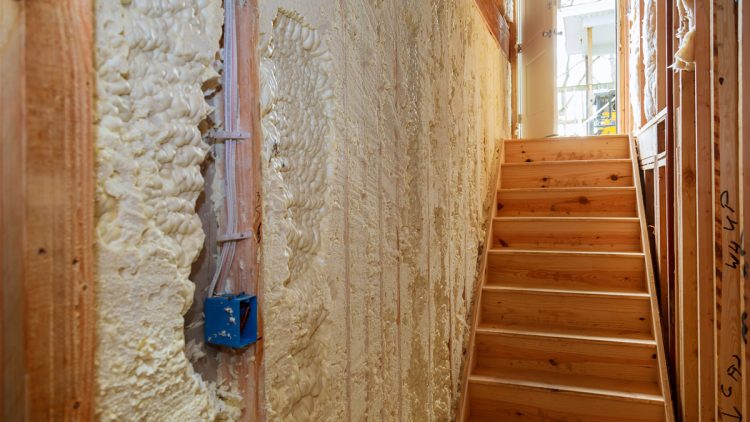
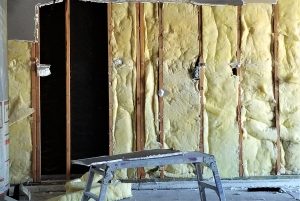
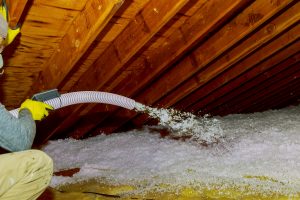
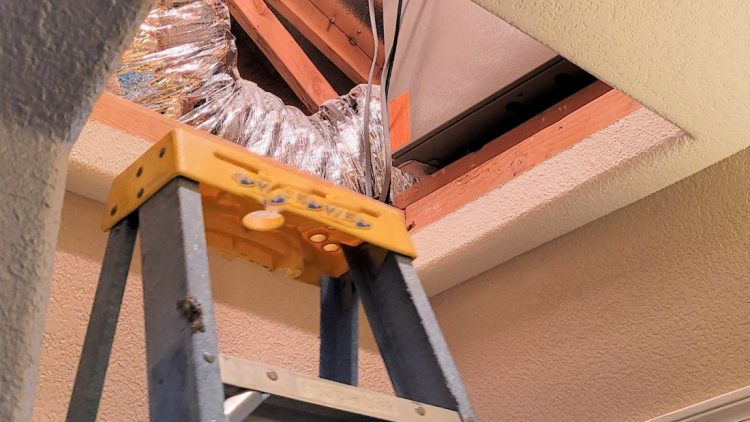
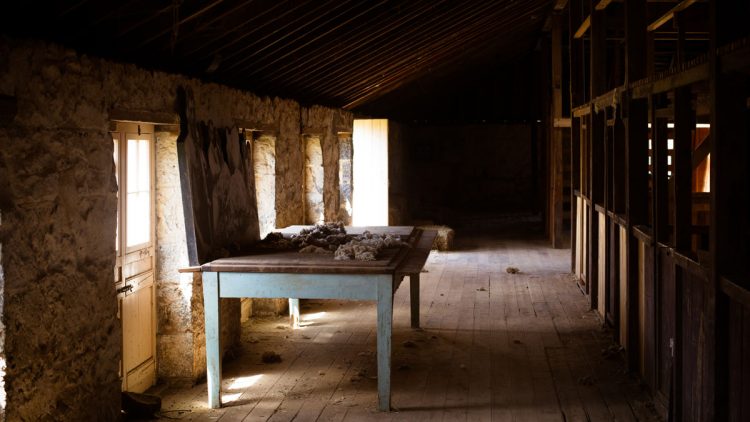
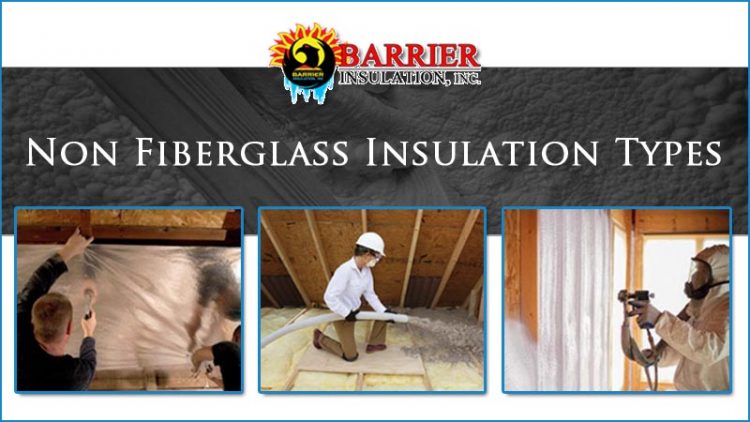


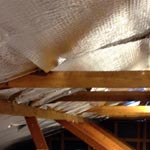

 Cellulose Insulation is comprised of nontoxic and recycled treated cardboard or newspaper, provides excellent insulation for your business or home, and costs less to install than cotton. When cellulose came out, it wasn’t that popular with homeowners because they feared that the cellulose would invite mold and critters into their home. Although, with advances in nontoxic chemicals, this type of insulation is better protected and is now flame resistant.
Cellulose Insulation is comprised of nontoxic and recycled treated cardboard or newspaper, provides excellent insulation for your business or home, and costs less to install than cotton. When cellulose came out, it wasn’t that popular with homeowners because they feared that the cellulose would invite mold and critters into their home. Although, with advances in nontoxic chemicals, this type of insulation is better protected and is now flame resistant.

